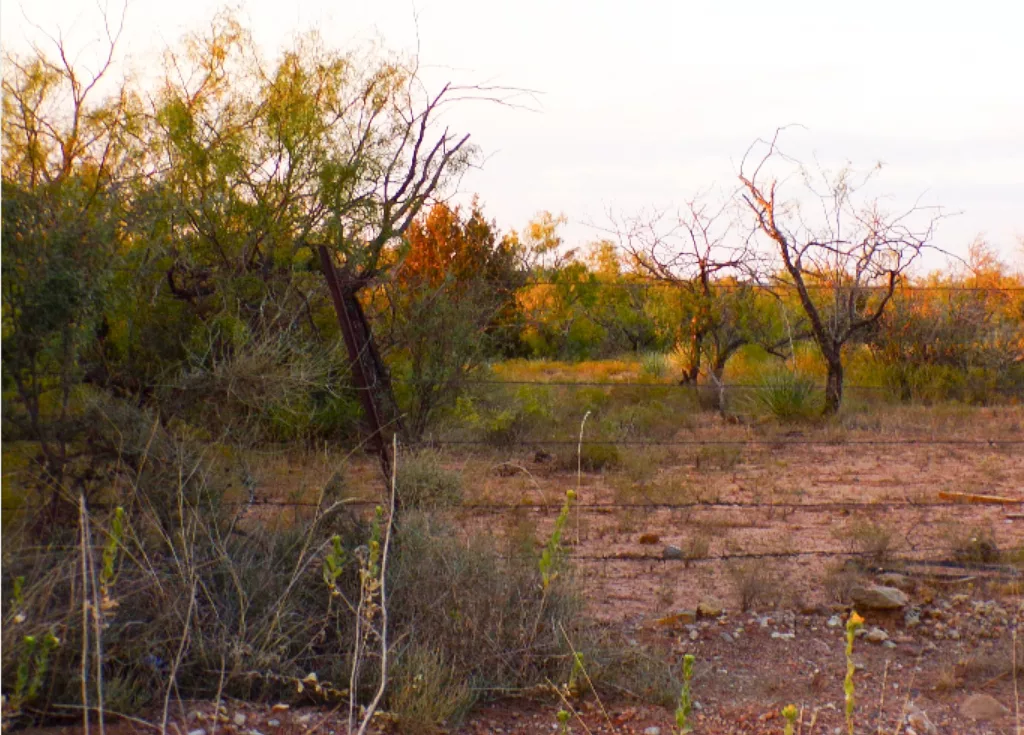
While the world heats up outside, both in the August sun and politically, I find the study of local history to be a handy and absorbing escape from it all. Back in the early days, the best way to escape a Texas summer for many would have been by stagecoach. We had a few stops in our neighborhood, places from which people could embark on a trip across the county, or across the world if need be. One of these stops was a mostly forgotten place near Thrifty, called Hunter’s Stage.
According to browncountyhistory.org, the stage line from Brownwood to Coleman, owned and operated by Mr. John Hunter (I think his name was William], ran three days a week. It left Brownwood, passing through Thrifty and on to Camp Colorado on Mondays, Wednesdays and Fridays at 7 am, and returned on alternate days. For two dollars and fifty cents, you could catch a ride with Hunter’s stage, which reportedly boasted “comfortable hacks, fast time and jolly good driver.”
“The stagecoach line ran from Fort Worth to Yuma, in the 1870s, bore southwest from Fort Worth, crossed the Brazos and several smaller streams, and northeast of Brownwood, a village of a few log cabins on the Pecan Bayou, the trail made its way through some hills near Salt Creek; from there it went across the Bayou and on southwest, to a branch of water called Mud Creek, from the black soil shaded by pecans,” records author Leona Banister Bruce in her book, Santa Anna’s Peaks. “W.W. Hunter operated the stand at Turkey Water, and in his cabin he kept a few articles for sale, things the traveler going to California or Arizona might need on the way. His wife was the former Lou Fiveash, and their children helped with the care of the mule teams and preparing them to be ready when the stage came by,”
Don Evans, who is related to Hunter’s wife, Louisa, and lives near Thrifty, worked out some more details about the stage stop and the couple who ran it. “In 1871, Louisa married William Hunter and the couple went to live at their place on Mud Creek near the Jim Ned community (present-day Thrifty) to begin their own life together on the Coleman County frontier,” Don said. “Louisa was only sixteen when she married William (sometimes called “W. W.” or
“Bill.”). William was 22. Little is known of the wedding except that it occurred in 1871
probably at the Fiveash ranch near later-day Trickham and that Henry Sackett of Camp
Colorado was William’s best man, (Henry is known for purchasing and residing on the
abandoned Camp Colorado site and later serving as state representative.) The couple settled at their home place on Mud Creek eighteen miles north of present Trickham in eastern Coleman County and near the Brown County community of Jim Ned (renamed Thrifty in 1880). The principal route between the Fiveash ranch at Trickham and the Hunter home on Mud Creek would have been the Military Road that crossed Coleman County north and south.”
“The stage stop was said to be at their home, which I think I’ve tracked down to approximately the corner of county roads 134 and 125. (Utilizing old maps showing landowners and comparing with the location of the cemetery and other known landmarks such as Mud Creek, etc. And by driving the back roads beginning with CR 134 to Camp Colorado to approximate the route taken to deliver the mail there.),” Don wrote.
While it’s not known for sure where the Hunter home and stage stop was located, it certainly was somewhere close to the roads Don mentioned. I went out and took a photo of it for you, but couldn’t do much looking around in this heat. Since there are no stagecoaches heading out to the mountains for somewhere where the highs are in the 70s, I’ll have to wait for a cold front to have a better look around. There’s a lot more history out in the Mud Creek area, which I hope to explore and share with you, as soon as the cold fronts start coming!
***
Diane Adams is a local journalist whose columns appear Thursdays on BrownwoodNews.com
